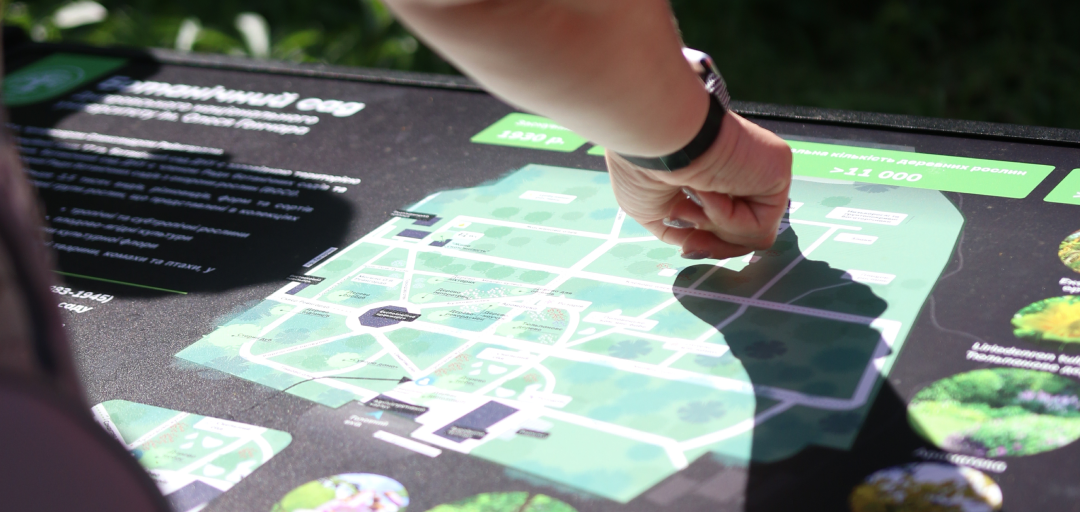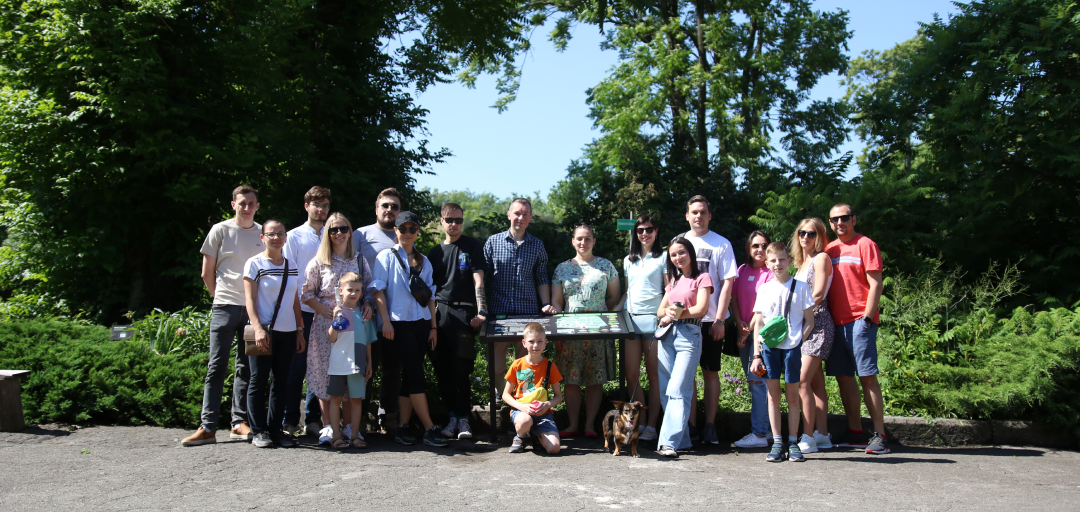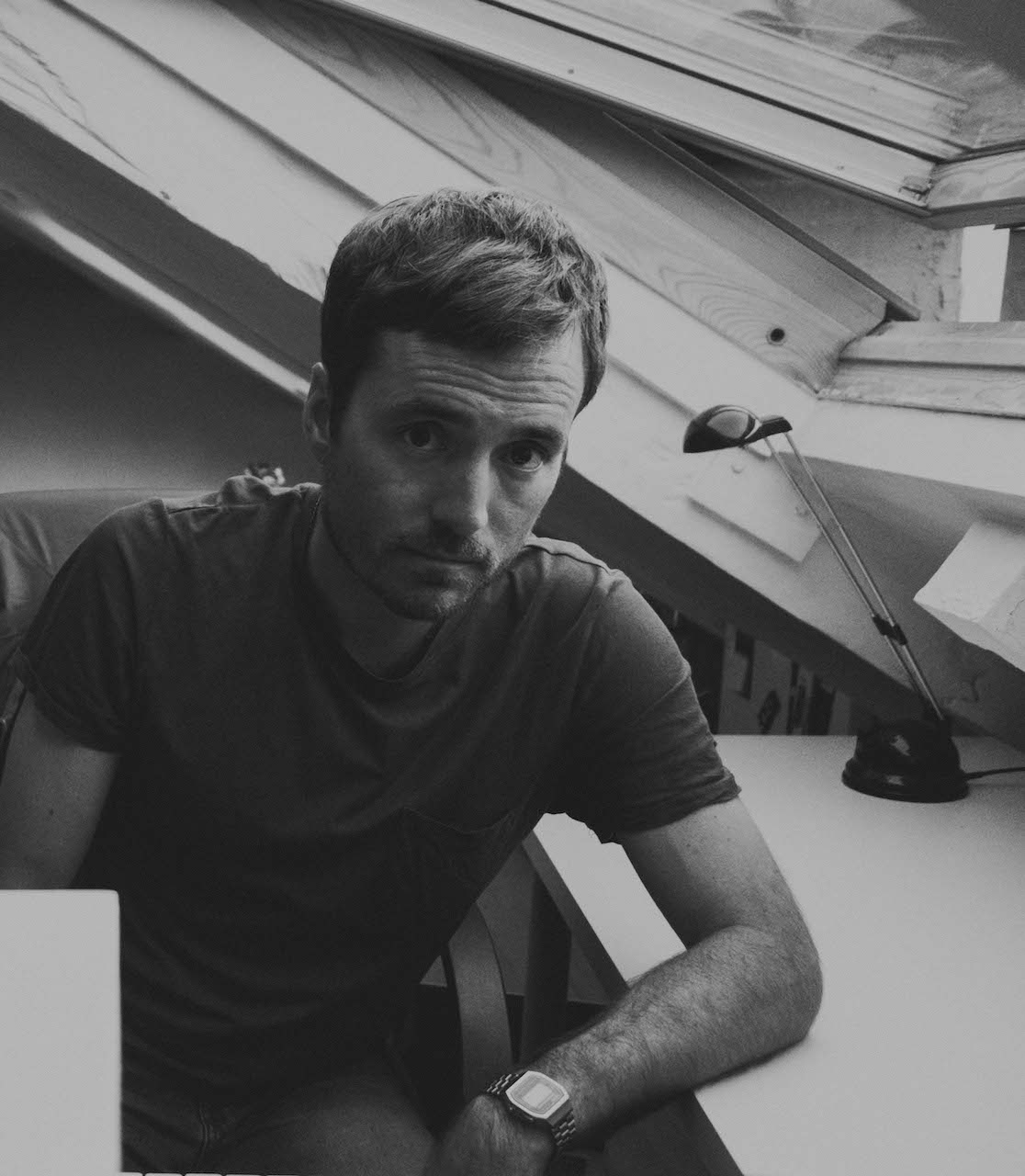Our Community Projects: The Dnipro Botanical Garden


From our beginnings, Go Wombat has been a company that values, promotes, and protects the happiness and well-being of our workers.
As we scaled up and had more possibilities in revenue and budget, we realised we could extend this outward – to spread this ‘happiness project’ to our communities.
We could’ve used our growing revenue like some other companies toward very modern and fancy offices in some fashionable building. But this isn’t what we find to be important at this point.
We are careful with our spending, but we don’t want to put a limit on what we do find important. And our ecological projects are examples of such things.
Laying the groundwork
Our company has tried different things as we’ve searched for the direction of what would make sense for us to invest in – given our talents, expertise, and connections.
This effort evolved into a series of local ecological projects. Those who initially started our company were interested in these things, but they also wanted to project these ideas into the whole organisation.
Today, we’ll focus on one such project, showing how we’ve been able to help the Oles Honchar Dnipro National University Botanical Garden.

The planting of an idea
Although our CIO Mike Ivanov can’t remember exactly what brought our attention originally to the garden, he says it probably came as the result of some of the business trips taken by him and our CEO Volodymyr Sokolovskyi.
They found themselves impressed by botanical gardens in other cities, comparing the states of those with that of their hometown.
This led to making little donations to our local Botanical Garden in Dnipro.
After a while, our company became close friends with the people who worked there and who were responsible for the things we donated to them.
Providing basic supplies
Finding out how we could contribute started simply by talking to them. We asked them what the most crucial things were and how we could help at that moment.
Unfortunately, there are a very limited number of other people or organisations who help.
So, most of the things we bought at first were real necessities – routine things, not things even particularly interesting to us as an IT company. For example, at some point, they needed some cable wiring. Then we bought electrical heaters.
Not every donation that can make a difference is ‘Instagrammable’. Once they were raising money for a wood chipper – a very ordinary thing. We just silently gave them money so they could buy it.
Digging deeper
As we got more and more acquainted, we better understood where we could help.
Unfortunately, we couldn’t take over as their main sponsors or sources of help. We couldn’t pay their workers’ salaries, and we couldn’t pay the bills.
But we could at least make an impact by making them more evident and accessible to the local community, enriching that society and deepening its involvement. And perhaps some of those people and organisations within it will eventually help the Garden as well.
Branching out to the rest of the company
As we started doing some small things, we also began involving our teammates with an element of team building toward something deeper. When people are working toward something that makes sense – something that provides value – it unites them all the more.
For example, Go Wombat placed a small insect sanctuary in the garden that we dubbed a ‘bug hotel’. It was assembled by hand by almost everyone in the office. Our employees physically built it and then transferred it to the Garden. (Note: we’ve since also put another bug hotel in a public space in Ivano-Frankivsk.)
These things become a milestone for the company, and people remember them: how we did it, who did what, and how we got there.
“Not to put down company parties too much, but people remember these things more than the parties,” says Mike Ivanov.
Sowing seeds
Even more, when we visit the Gardens, we go with our families, so it draws what Mike calls “some kind of ‘bigger circle’ around the whole company.” And these ideas get transferred to their relatives and their friends.
Spreading the word about these things costs nothing compared to the overall company activities, but has far-reaching value.
More recently, we decided that if we do something, it should be something that raises awareness of the place as is. That’s where the idea of a platform came from.
So we invested not only our money but our time and expertise in the infrastructure of the Botanical Garden, both physical and digital.

Building a platform for the Gardens
The whole spectrum of specialists we have in our company were involved – developers, project managers, designers, and writers. We even lent our expert business analysis to the initiative, as we needed to look at this as a full-cycle project from the business perspective.
Applying business analysis
Of course, it’s not so much about the money, but they still have their operations, and we needed to determine which operations they have, what’s important to cover on the website, and which iterations to be made.
We completed a Discovery Phase, including solutions architecture. The team created wireframes and designs, both for the website and place for the QR code.
As a bonus, the templates we created can be repurposed. The idea is to use them like modules for future projects in the same vein.
Development
The first iteration took half a year, but it involved developers who were between projects and people who volunteered their time. At different times, we had about 10 people working on it.
Digitisation of the plant archives
During this process, the specialists at the Garden were inspired to take the initiative to create a database of their plant inventory. Previously, this information wasn’t readily available to visitors. It was all old-school, library-card style.
They had to search through physical archives to find information such as when a certain tree was planted and where it grows. This data was not structured and was scattered across different places.
So, the specialists there did a lot of work on their side. In this way, they’ll contribute to its importance as an institution for education in the sciences. For example, when a student comes to the garden, they can come prepared to ask the right questions about it.
Everything we currently have available is on the website, but we only covered about 10% of the plants that they have. We will continue this work in the next iteration (as budget and time allow it).
Making it easier to connect
As the Dnipro Botanical Garden is a member of an international botanical garden organisation (participating in seed sharing, etc.), sometimes they receive donations from them. With this web platform, we hope to make it easier for them to connect, sending links like “Look these are our activities, this is what we do, this is what we already did in our botanical garden”.
When people can see the results of their work, it will help promote this garden among others like it.
The first iteration
As a result of our work, the Botanical Garden now benefits from:
- A fresh and modern design that can be applied to future projects
- A fully-functional and user-friendly website, where potential visitors can get important information about facilities, plants, and the latest news.
- A modern navigational system, complete with a welcome stand to orient visitors as well as signs placed throughout the premises to identify plants.
- Stands with QR codes that visitors can scan with their smartphones to get more information about plants.
- Bicycle parking near the administrative building.
Feedback
We don’t have hard data yet, but from observation, people come to the Garden every day and are using the QR codes.
Speaking of data: we will add a dashboard in order to keep track of the exact numbers and get more precise feedback in a future iteration.
As well, this revamping of the Garden has received local press coverage, including some local bloggers posting on their social media.
A footprint on our culture
Somewhere along the way, we understood that initiatives like this help us in terms of marketing. We had never looked at it from this perspective. Our initial intention was not what is commonly referred to these days in business as ‘greenwashing’.
But we began to realise that as new people came to us, they said they’d been following our Instagram and actually decided to go with our company because they liked what Go Wombat does. We were a bit surprised, but we came to understand that this is the way things are, so “let’s go with it.”
Not to mention, some of our employees visit the Garden for the first time in their life and something changes in them as well. It expands their appreciation and awareness.
As companies are identified by their culture as well as the product or services they’re selling, the value we place on projects like this help define what our culture is at Go Wombat.
The ongoing effort
Our marketing channels and networks are not only about shining a light on ourselves but also can be a vehicle for spreading information about these projects. Not only to promote our status as a company but because, simply, these things need help.
Challenges
Places like the Botanical Garden need substantial financing – these are big institutions.
We use our influence as we can in any particular situation. We gave as much as we could before the war. But now, much of the budget goes towards supporting those efforts.
And even worse, in the foreseeable future, state and local governments won’t have the funds to spend on these types of projects either.
Partners in the work
One of the important things we want to add to the next iteration is a section on the website called “Partnership” so that individuals and companies can participate under different models (e.g. personal, friendship, partnership).
There are also obstacles here, and we have to find out how to overcome them. For instance, as it’s part of the university, a special foundation would have to be created for them so that they can receive donations.
The Botanical Garden is more than just a pleasant place to visit and connect with a little nature in the context of a city. It’s important for future scientific development in the country in general.
So, continued and broader support is imperative. As Ivanov warns, “Once organisations like this disappear, it’s very hard to restore them.”

Unlock Success with Premium Software Development
Contact us


Looking ahead
There's no foreseen finish line in our ecological initiatives such as the Botanical Garden, and we don’t know where it leads. This situation is very fluid. As mentioned above, after speaking to these people or seeing firsthand the issues they face, if we can be of help, we then decide what to do.
The idea of the QR codes came out of this approach. The line of thinking was this: if we make the garden more open, more people will come there, tell their friends about the plants that grow there, and they’ll get more interested in this topic. As their understanding grows, perhaps at some point they’ll do something useful for the local ecology in their cities.
Maybe more companies will say, “If these guys can do all this, we should be able do something as well.”
And perhaps the garden will eventually become more visible for local authorities and politicians – seeing that people actually go there, that these people vote, and these people demand that places like this should be supported.
If we as a company make this little push, we could be a catalyst for some substantial change.
In the meantime, we’re happy to be of service.

How can we help you ?




